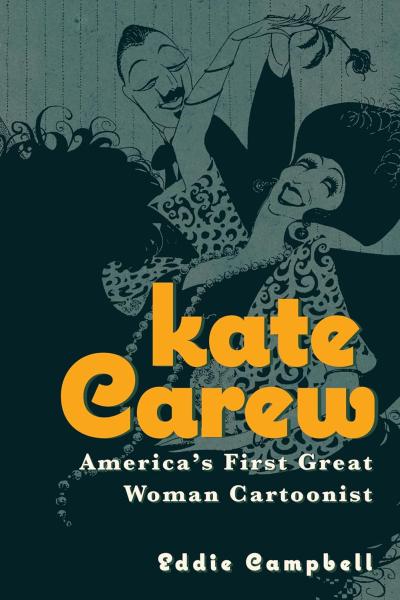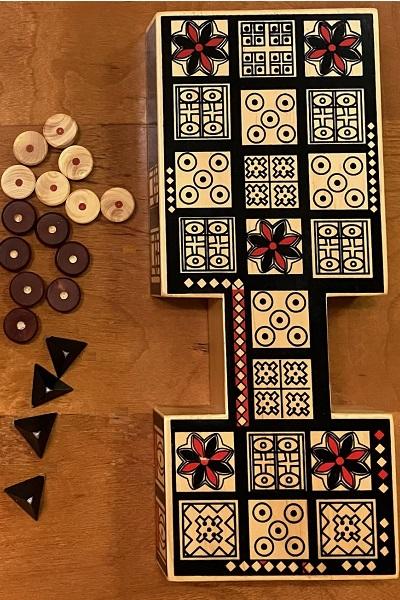[syn=9780807521410]
[syn=9780763646011]
[syn=9781585368334]
[syn=9780140378207]
My children are grown, but as part of my library responsibilities, I review new children’s books and movies to purchase for the Mechanics’ Institute. Did you know we have 856 children’s books and 107 DVDs in our collection? We have picture books and books for middle schoolers and everything in between. I am having a ball as I read the reviews and then read the actual books when they arrive.
To search for book titles, use the Dewey Call No. “Child”, or browse our children’s section on the 2nd floor over by the arched windows. Children’s books which don’t fit on the 2nd floor are in the basement. We will happily retrieve them for you. To find DVDs, search on the subject “children’s dvds”. They are located at the end of the adult fiction DVDs.
Here are a few of my favorites:
Erik the red sees green: a story about color blindness by Julie Anderson; illustrated by David López.
When Erik begins having problems in school and on the soccer field, he discovers that he's color blind -- he can't read the chalkboard, do the right homework or kick to his own team. He's happiest in art class, until one day, he paints himself as Erik the Green. Classmate Annabel understands what's wrong: He has color vision deficiency (CVD), also known as color blindness, just like her father. Illustrations of everyday objects compare what Erik sees to what his classmates see, revealing that seemingly minor details such as yellow chalk on a green chalkboard or color-coded index cards can be a major problem for people with CVD. With careful explanations and simple, matter-of-fact accommodations, Erik can participate in school again.
The matchbox diary by Paul Fleischman; illustrated by Bagram Ibatoulline.
A little girl and her great-grandfather meet for the first time and attempt to get to know each other. The child is intrigued by the curiosities she sees in a collection of matchboxes. These matchboxes represent the memories of the old man's life, a tangible diary, undertaken as a substitute for the written form at a time in his life when he was illiterate. Bits and pieces contained within call forth events, emotions or people that were important in his life's journey, from his early childhood in Italy to the difficult voyage to America and the struggles of his immigrant family in the new world. An olive pit, a pen nib, a fish bone, a piece of coal and more tell of poverty, dreams and perseverance.
Paper son: Lee's journey to America by Helen Foster James & Virginia Shin-Mui Loh ; illustrated by Wilson Ong.
Twelve-year-old Wang Lee, an orphan, reluctantly leaves his grandparents in China for the long sea voyage to San Francisco, where he and other immigrants undergo examinations at Angel Island Immigration Station. The journey from China to Angel Island is fraught with anxiety and peril. In order to gain admittance, he takes the "paper son" name Fu Lee, taking the place of someone whose records had burnt in the 1906 earthquake and fire. If he does not pass the examination on Angel Island, he will be returned to China.
Roald Dahl's revolting recipes illustrated by Quentin Blake ; with photographs by Jan Baldwin ; recipes compiled by Josie Fison and Felicity Dahl.
Growing up, my children loved Roald Dahl’s quirky sense of humor as we read his books together. This compilation of recipes for dishes (revolting or not) referred to in Roald Dahl's books makes for fun reading.








